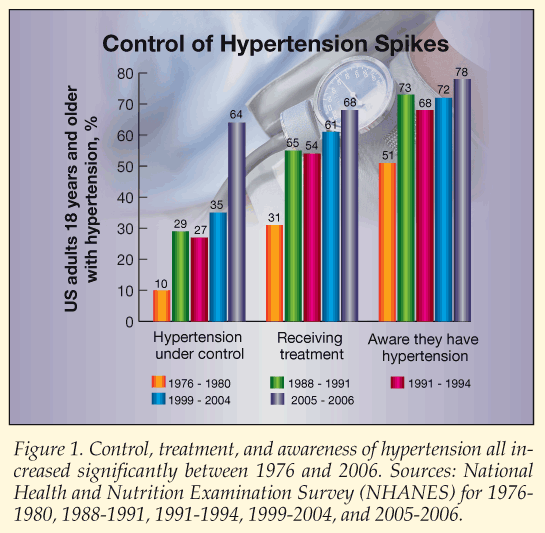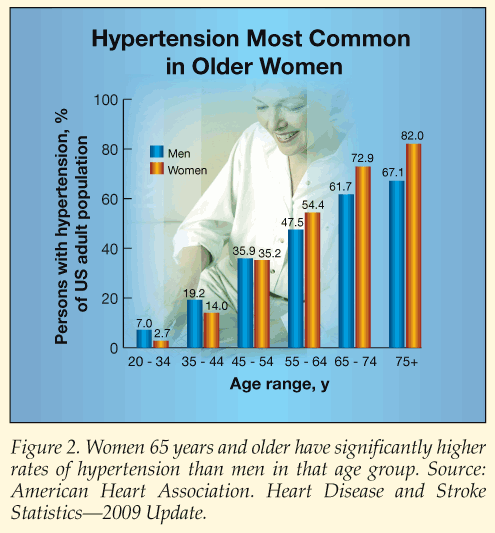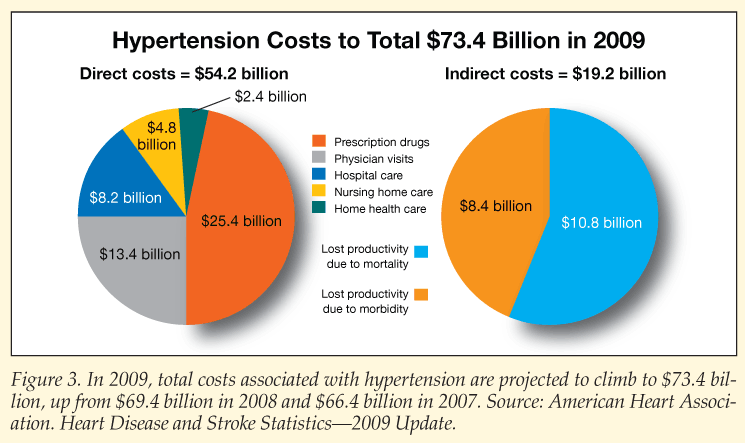- Clinical Technology
- Adult Immunization
- Hepatology
- Pediatric Immunization
- Screening
- Psychiatry
- Allergy
- Women's Health
- Cardiology
- Pediatrics
- Dermatology
- Endocrinology
- Pain Management
- Gastroenterology
- Infectious Disease
- Obesity Medicine
- Rheumatology
- Nephrology
- Neurology
- Pulmonology
Hypertension Control Gains, Costs Climb
Hypertension affects approximately 73.6 million persons in the United States or one-third of the adult population. This is an increase from 72 million persons in 2007, 65 million persons in 2002, and 50 million US adults in 1994 (or one-third, 29%, and 25% of the adult population, respectively).

Hypertension affects approximately 73.6 million persons in the United States or one-third of the adult population. This is an increase from 72 million persons in 2007, 65 million persons in 2002, and 50 million US adults in 1994 (or one-third, 29%, and 25% of the adult population, respectively).
Although incidence of the condition continues to rise, the percentage of persons in whom hypertension is controlled increased to 64% in 2005-2006, up from 35% in 1999-2004 (Figure 1). Among persons who used antihypertensive agents, those aged 18 to 59 years were more likely to achieve blood pressure control than those 60 years and older (72% vs 58%). Treatment levels and awareness of hypertension also showed significant increases during the period. Overall, 68% of adults were being treated with an antihypertensive therapy regimen and 78% of adults were aware of their condition. Men aged 18 to 59 years were much less likely (47%) than women in that age group (74%) to take their medication as directed.

Prevalence of hypertension is higher among men than women until age 45 years (Figure 2). From ages 45 to 64 years, hypertension prevalence is nearly equal between men and women. After age 65 years, prevalence of hypertension is significantly higher among women.

The American Heart Association estimates that hypertension will cost the US economy $73.4 billion in direct and indirect expenditures in 2009, up from $69.4 billion in 2008 and $66.4 billion in 2007 (Figure 3). Direct costs are projected to reach $54.2 billion in 2009, of which prescription drugs alone will total $25.4 billion.
